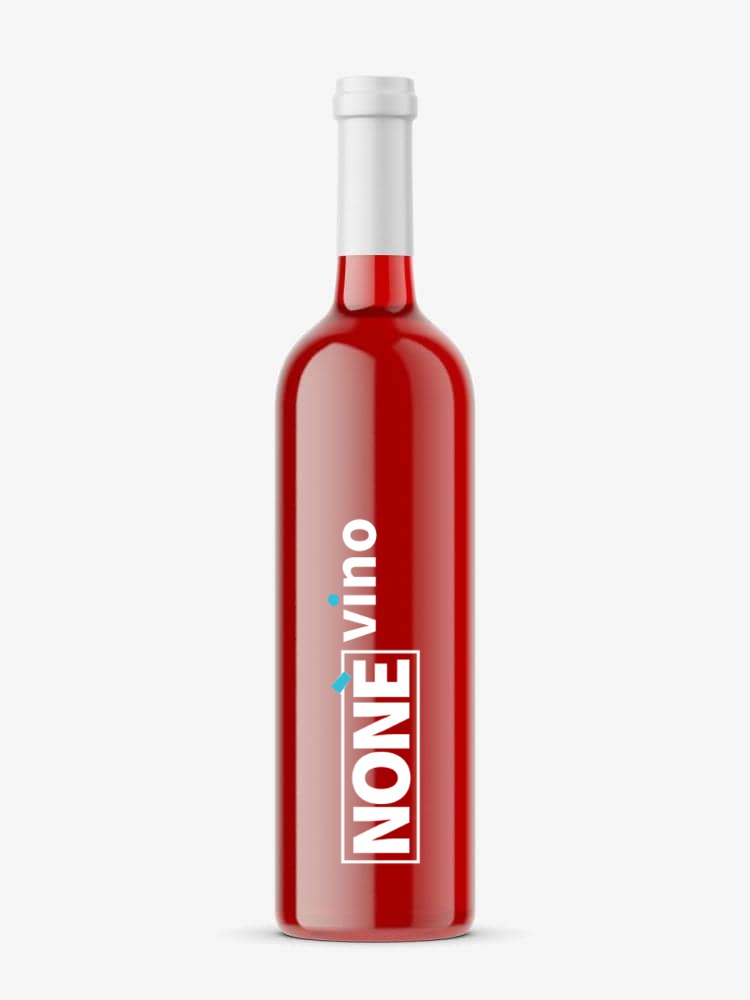Merlot
Black Grape
Info
The black grape Merlot is grown in the regions of Abruzzo, Apulia, Basilicata, Calabria, Campania, Emilia-Romagna, Friuli Venezia Giulia, Latium, Liguria, Lombardy, Marche, Molise, Piedmont, Sardinia, Sicily, Tuscany, Trentino Alto Adige, Umbria, Valle d’Aosta, Veneto.
Merlot is a grape originating from Gironde, in the South-West of France, and in particular from the Bordeaux area. There has been talk of Merlot since 1700, but the first detailed description belongs to the Rendre (1854). In most wine-growing areas of the world,
Merlot is the inseparable companion of Cabernet Sauvignon; the two vines integrate perfectly: the first giving the wine its full and early fruit, the second a greater aristocracy and longevity. In Bordeaux it is customary, depending on the area, to add a percentage of Cabernet Franc to the composition of the wine which, in addition to a fruity component, gives it pleasant herbaceous and vegetal sensations.
In Italy Merlot has found ideal environmental conditions in Friuli, Trentino and Veneto since the end of the nineteenth century, but it is now widespread in many other regions, with sometimes surprising results, even without the contribution of other grapes.
Wine Characteristics
The Merlot grape gives a wine with a more or less intense ruby red color, with a fruity aroma and notes of red flowers. The flavor is quite tannic, soft, full-bodied.
Raboso Veronese
Black Grape
Info
The Raboso Veronese grape, a black grape, is cultivated in the regions of Emilia-Romagna, Friuli Venezia Giulia, Lombardy and Veneto.
Raboso Veronese is a vine whose name might suggest a provenance from the province of Verona, in reality there is no evidence to that effect, much less about a recent or past presence of the vine in this area. The most curious rumor on the subject would like to spread it through the work of this Mr. Veronesi, hence the name. There is no certain information even on the time of introduction in Veneto, even if it is well present in the province of Treviso since the beginning of the nineteenth century.
The map of its diffusion is quite similar to that of the Raboso Piave, even if unlike this it is also present in the provinces of Vicenza, Rovigo, Ferrara and Ravenna. However, the area of choice remains the plain surrounding the Piave river, where it is slowly but surely replacing the Roboso Piave thanks to the greater delicacy of the taste sensations.
Wine Characteristics
From the Raboso Veronese grape, a wine with an intense ruby color is obtained, with vinous aromas that slowly give way to fresh fruity notes of raspberry and morello cherry, a fresh, fairly tannic, full-bodied, fairly balanced, persistent flavor.








